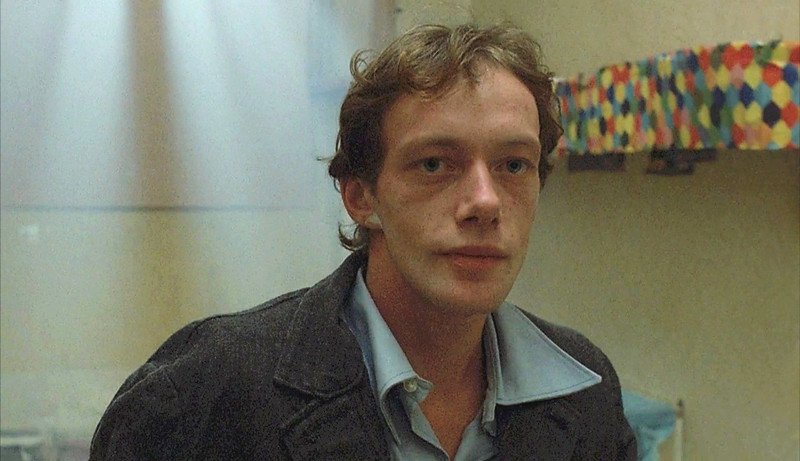
Horror has been depicted in cinema since the dawn of the seventh art: pioneers along the likes of Georges Melies and Ejiro Hatta dabbled with the macabre and the otherworldly in the Fin de siècle period already.
As time moved on, it proved to be one of the preffered ways of handling cinematic narratives, both with seasoned masters and newcomers hoping to evoke a strong reaction in their audiences.
The German-speaking was always a place to find great scares: starting with the chiefly horror Expressionism in the 1920s, then spreading across decades, ending with a handful of extremely unusual low-budget scares at the turn of the millennia, it never failed to entertain, if not petrify.
Here are some nice flicks made by the masters of the genre throughout the decades:
10. The Golem: How He Came into the World (1920)
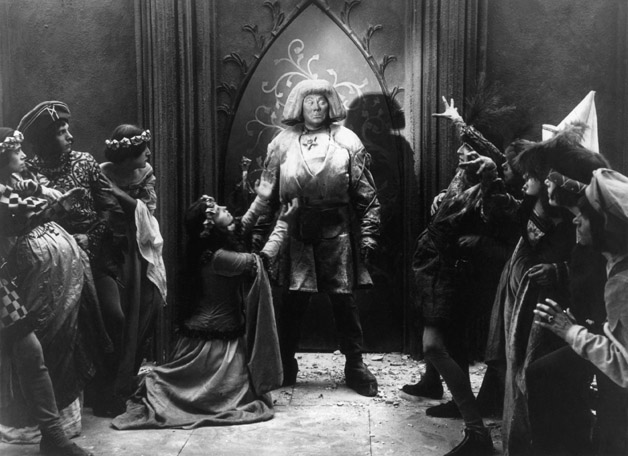
The aforementioned Expressionism paved the way for many of our favorite scary movies and changed the genre from the core, its influence spanning across continents for almost a century. It was the period of timeless classics such as The Cabinet of Dr. Caligari and Nosferatu, but also of many solid films that never reached the legendary status that the codifiers of the movement hold among movie buffs.
Using Jewish mythology as a blueprint, this one features the story of a rabbi, plagued by doubts of incoming persecution of his people, who summons a creature made of clay (the titular Golem) to protect the Jews of Prague.
At first, the ordeal turns successful with a little help of rabbi’s demonic pals from the dark side, and the ruler of the country revokes the proclamation that banned Jews from the country soon after. Naturally, the story progresses to a less fortunate part of the events and the Golem turns out to be a great nuisance for the Jewish community as much as for their foes.
9. The Hands of Orlac (1924)
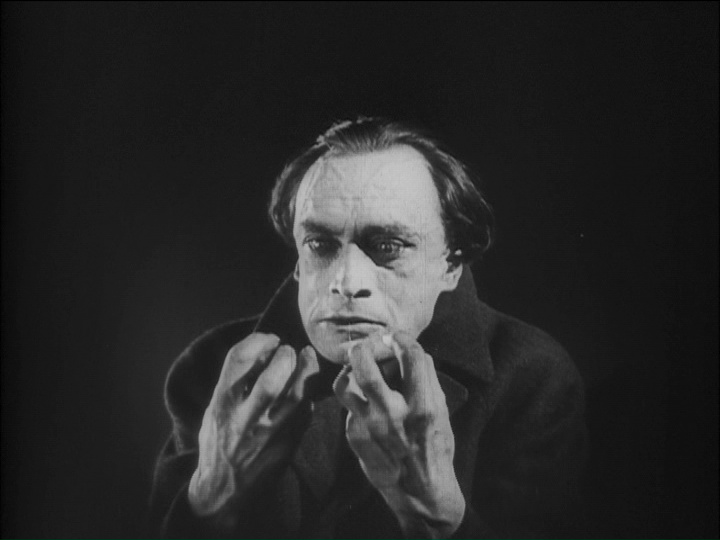
Coming from Robert Wiene, one of the key figures of German cinema of the 1920s, this film strays away from the established form and tries to set a more realistic approach to the genre that was still at its infancy at the time. That’s why it still holds up.
Its amazing freshness will leave you speechless, as it is very much capable of terrifying the viewer despite the year of its release and it is not to be observed as a mere landmark in the development of horror on silver screen.
It tells the tale of a pianist by the name of Orlac (embodied by the great Conrad Veidt), whose entire life revolves around his noble art. One unfortunate day, however, Orlac is a victim of a train wreck. He survives, but the doctor exclaims to his wife that his hands couldn’t have been saved. To that his wife reacts quite passionately, considering her husband’s entire life revolves around a skill that requires immense usage of one’s hands.
That’s when a strange idea crosses the mind of the physician, and he sews the hands of a criminal to Orlac. He finds out about what happened later on and, suffice to say, his life changes. For worse, most would say.
8. Tenderness of the Wolves (1973)
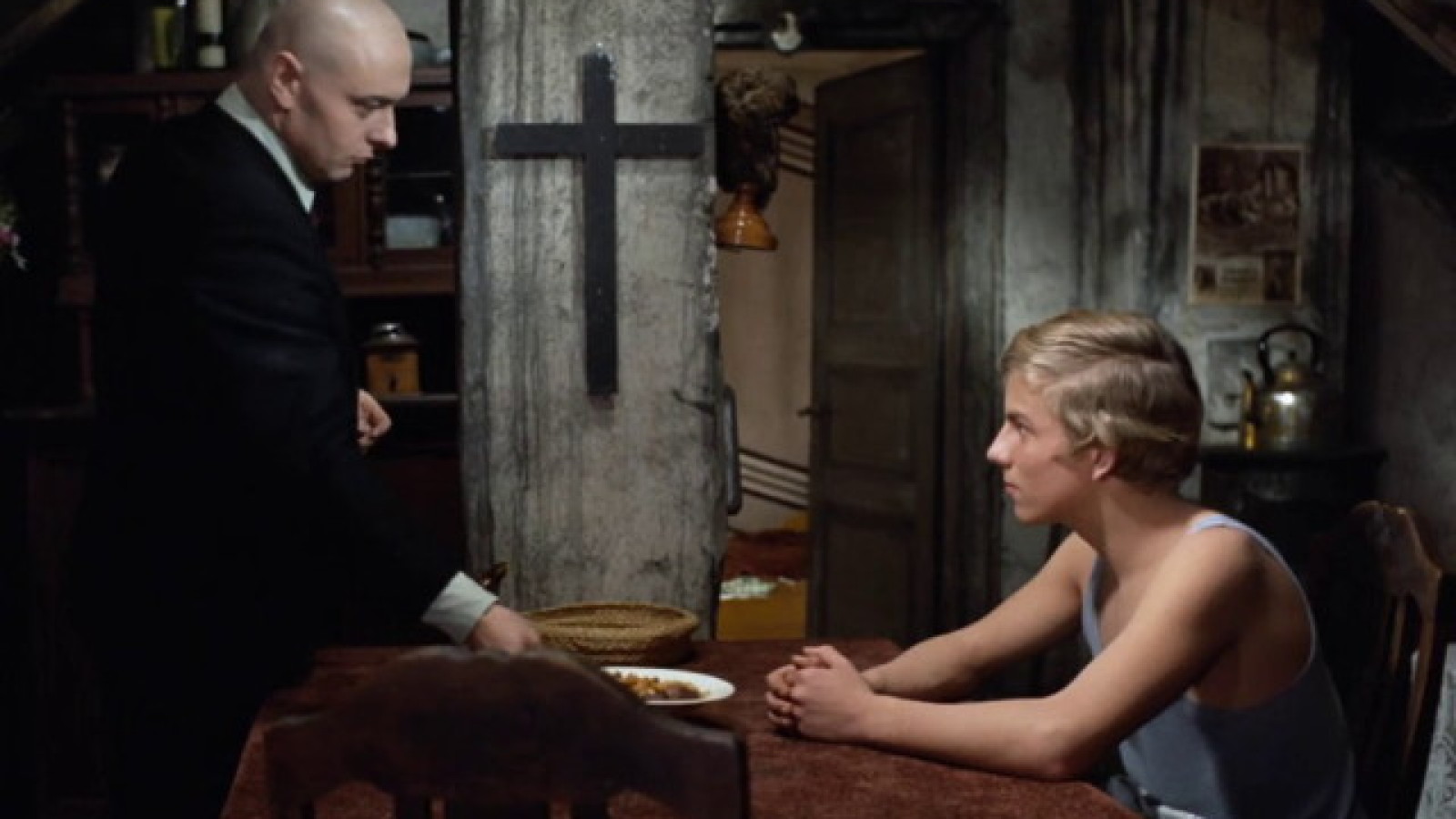
Fritz Haarman, also known by a handful of interesting nicknames, such as the Wolfman, The Vampire of Hannover and The Butcher of Hannover, killed about two dozen young men and women in the most gruesome fashion in and around the town of Hannover during the interwar period in Germany, and remains one of the most infamous serial killers of Europe to this day.
Produced by the legendary New Wave director Rainer Werner Fassbinder, the movie features a lot of his frequent collaborators and a couple of his private interests: writer/actor Kurt Raab, director Ulli Lommel, actresses Margit Carstensen and Ingrid Caven, actor El Hedi Ben Salem, and, finally, Fassbinder himself.
Truth be told, it strays away from the real life story it adapts (Haarman was not an inspector, but a lowlife informant of the German police, and he didn’t have a prepubescent boy flesh loving club of cannibal friends), but the question of authencity shouldn’t rank high on the priority list for this one.
7. Schramm (1993)
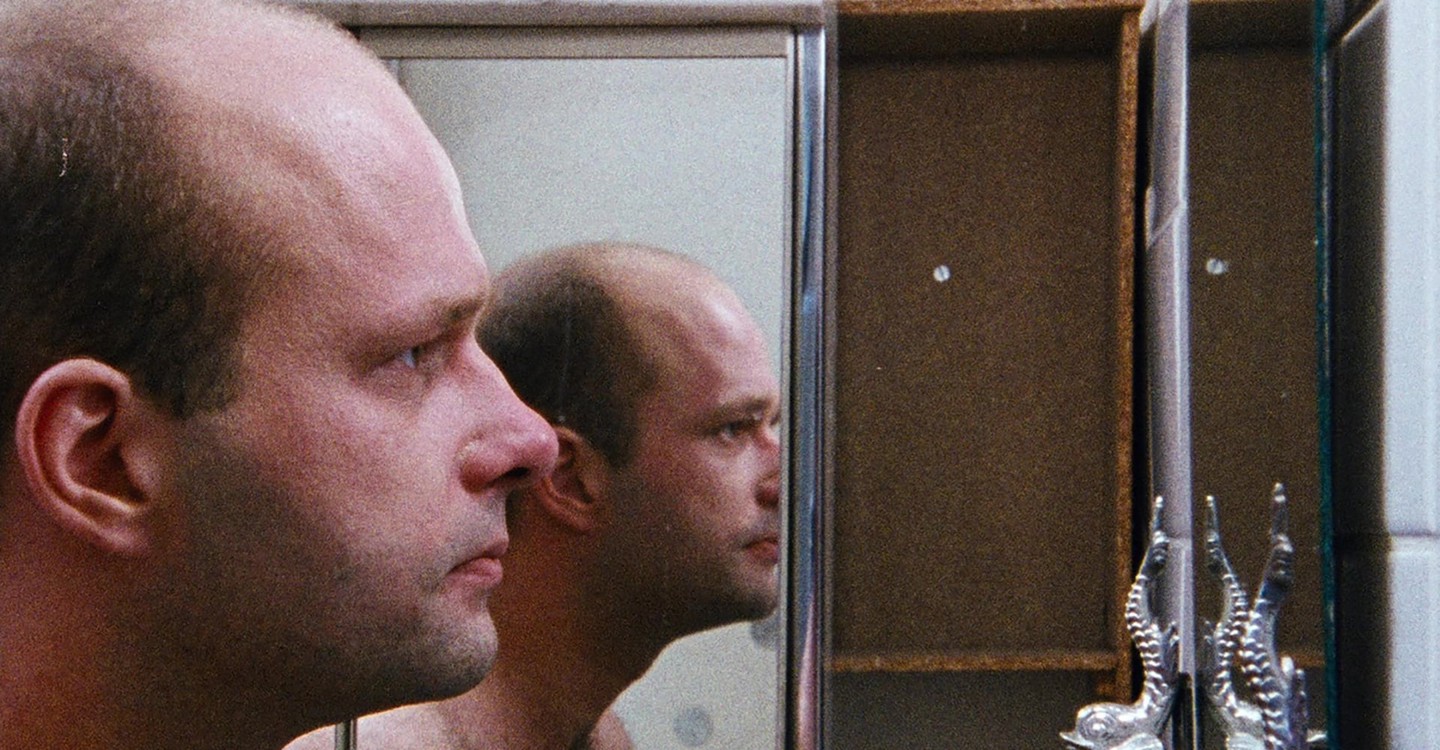
The career of Jorg Buttereit is not a particularly prolific one, but it was consistently in the center of the attention of German and, to an extent, European public for the shocking provocateur content of almost all of his major works.
Nekromantik was his first solo, feature length effort and it truly shook the world with a before-unseen tale of sexual depravity. Soon followed The Death King, then the second Nekro, and, in 1993, Schramm.
Despite the initial widespread outrage that these films faced, they are now but footnotes on the lists of most gruesome movies of all time, without actually being seen by an awful lot of film fans. None was hit by the life of obscurity as much as our pick for this list.
Our hero goes by the name of Lothar Schramm. He is your average next-door hard-working guy, with a passion for rape and walking around with a bleeding crotch when he’s not driving his cab. While he’s laying on the floor of his apartment after a house-painting mishap, he starts recounting his life of crime (a filthy, ruthless one at that) while he’s slowly nearing death.
No happy end, no obvious moral, just a serial killer laying on the floor, gushing in his own blood.
6. Laurin (1989)
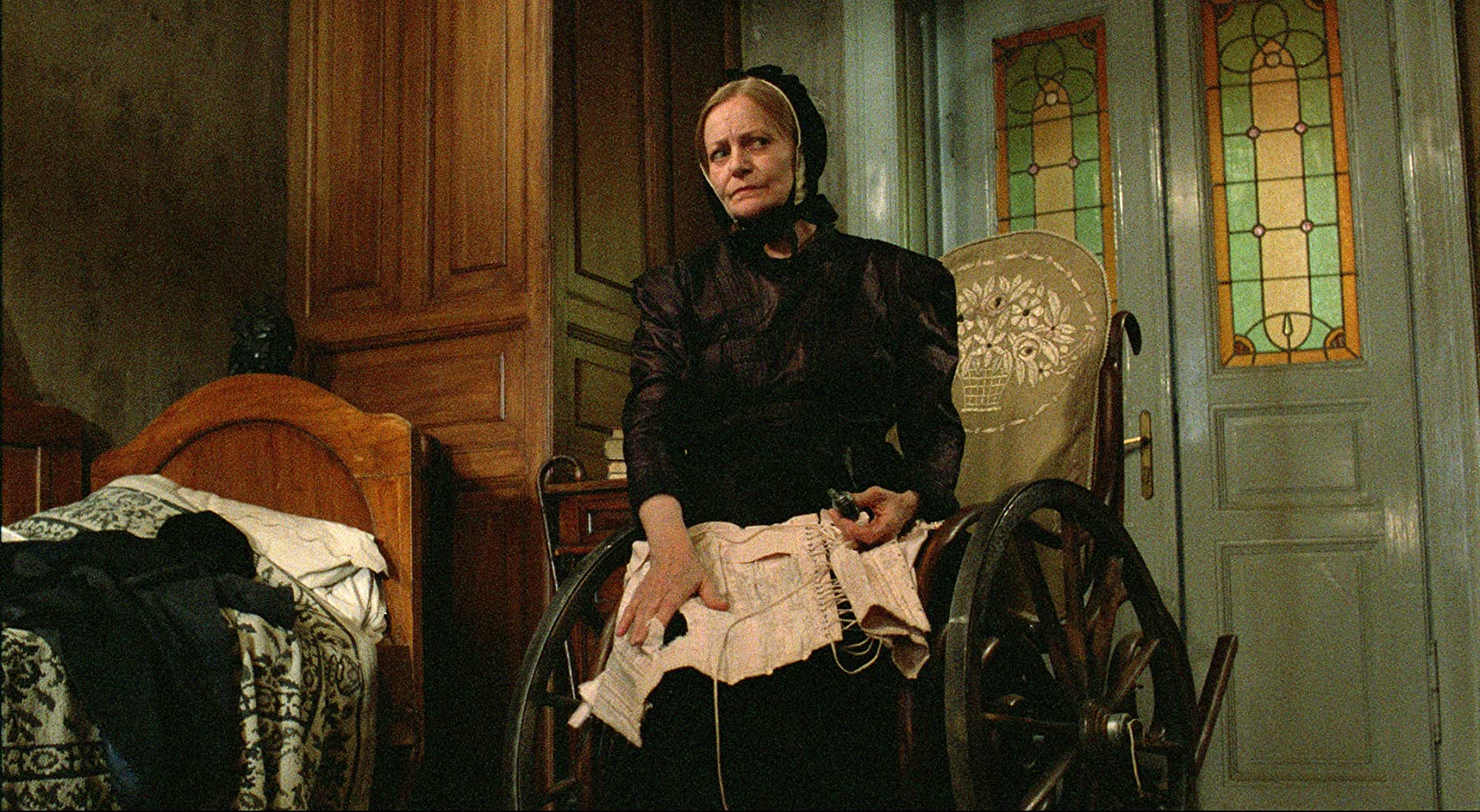
Made in West Germany by an ensemble of mostly Hungarian actors, Laurin is truly one of a kind. Revolving around the eponymous character, a little girl living without her parents in a God-forsaken village, troubled by horrifying vision of a children-stealing man. The vision doesn’t seem to be ungrounded in reality, though, and multiple dissapearences of her friends and aquitances start taking place soon after.
At times a subtle nod to the Italian masters with its rich visuals, and at times reminiscent of bleak silent masterpieces of the early 20th century, it is a must watch. The international coproduction took a slight toll on the sound and the dubs (especially the German dub) are subpar in many aspects.
The best solution is to try and find an English one, which, despite not being flawless, is perfectly bearable. The bulk of the performances don’t rely on the line delivery for their effectiveness anyway, but facial and body language.